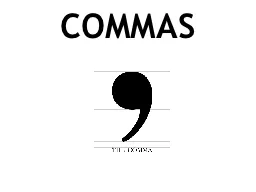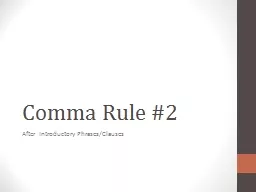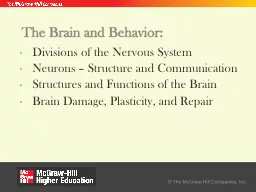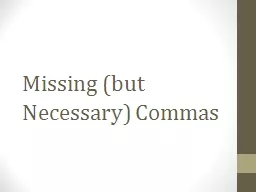PPT-Introductory Notes
Author : karlyn-bohler | Published Date : 2017-07-14
I Know Why the Caged Bird Sings by Maya Angelou About the Author Dr Maya Angelou was born Marguerite Ann Johnson on April 4 1928 in St Louis Missouri Maya is
Presentation Embed Code
Download Presentation
Download Presentation The PPT/PDF document "Introductory Notes" is the property of its rightful owner. Permission is granted to download and print the materials on this website for personal, non-commercial use only, and to display it on your personal computer provided you do not modify the materials and that you retain all copyright notices contained in the materials. By downloading content from our website, you accept the terms of this agreement.
Introductory Notes: Transcript
Download Rules Of Document
"Introductory Notes"The content belongs to its owner. You may download and print it for personal use, without modification, and keep all copyright notices. By downloading, you agree to these terms.
Related Documents














